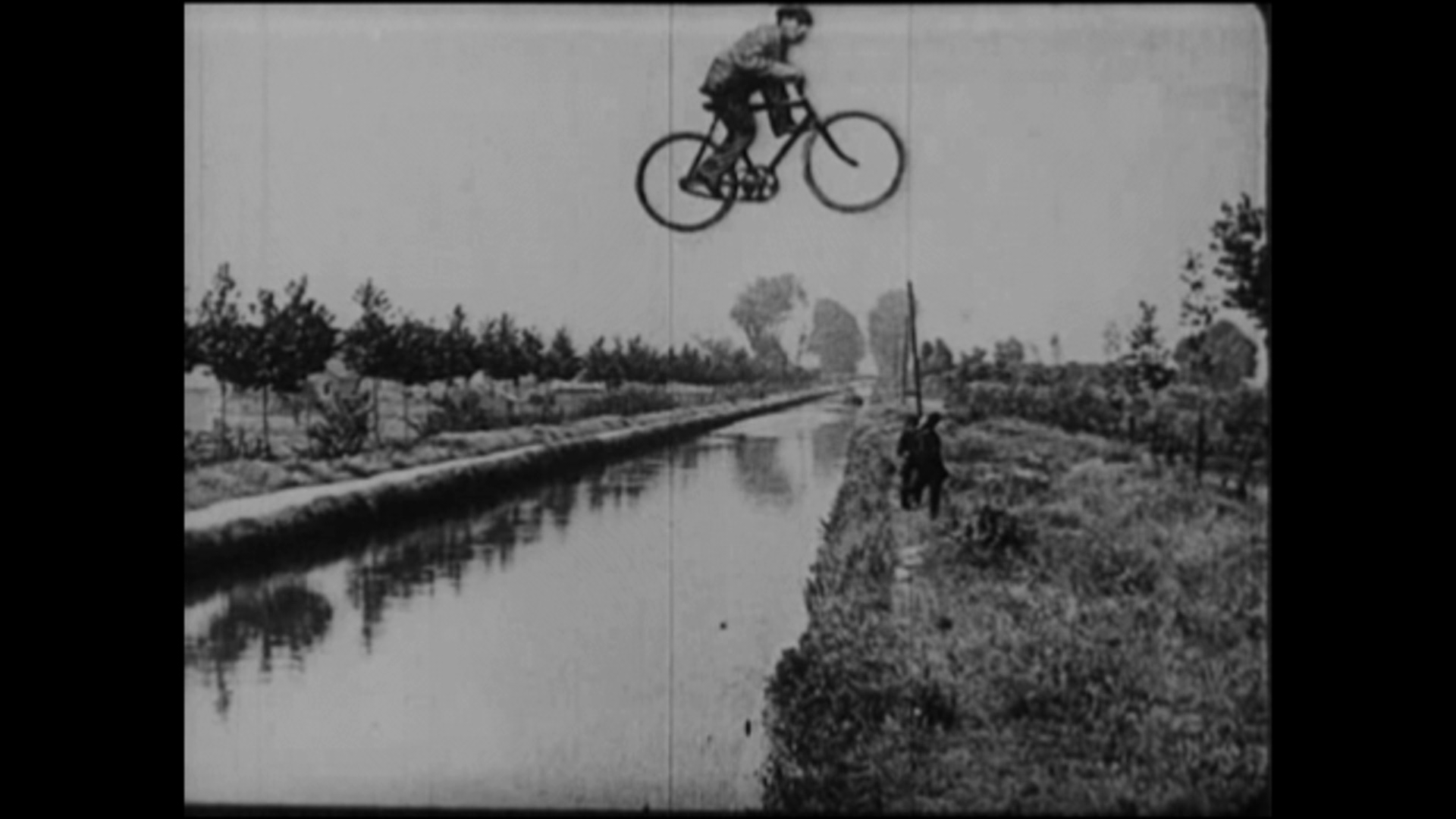With such improbabilities as a car journey to Saturn and a soap-bubble excursion to the stars, the Silent Horror Shorts series continues its trademark exploration of all that is quirky, comic, dark and dangerous in the rich treasure-house of silent horror films. Once again, Paul Shallcross will be both premiering his newly-composed scores to this afternoon's six films and introducing them with his own trademark explorations of all that can so easily be missed when watching Silent Horror Shorts.
THE X-RAY FIEND: G.A. Smith (U.K. 1897) At just 45 seconds this is the shortest ever Silent Horror Short. Don't miss the entry of the X-Ray man!
THE ? MOTORIST: W.R.Booth (U.K. 1906) This has to be the oddest and most unpronounceable of all early silent film titles: the question mark motorist? the unknown motorist? the thingumajig-I've-forgotten-the-name motorist? The film itself, highly imaginative and perfectly constructed, is a flamboyant extravaganza to the then imagined hazards and horrors associated with the advent of the motor car.
VOYAGE AUTOUR À L'ETOILE: Gaston Velle (France 1906) As the minutes and seconds tick by one might easily forget that this is a Silent Horror Short. But it is. In just one brief shot it becomes everything that is 'quirky, comic, dark and dangerous' about early silent horror. The makers of Mary Poppins might not have appreciated this brief shot, but surely one of their film's most iconic images must have been stolen from this film.
FIGURES DE CIRE: Maurice Tourneur (France 1914) A film made early in this director's career but more akin to the German Expressionism of the 1920s. With a storyline from the leading writer of the Grand Guignol Thatre in Paris the film abounds in images of dark realism and gothic undertones. But it is a unique accident of film history that has bequeathed to the film probably its most enduring image: nitrate decomposition of the filmstock paralleling exactly the derangement of mind in the film's main protagonist.
SLIPPERY JIM: Ferdinand Zecca (France 1910) Supposedly a film based on the exploits of famed escapologist Harry Houdini and a 'trick' film par excellence, indeed almost a catalogue of all the possibilities that the camera of 1910 was capable of. There are one or two moments of 'horror' and some of Jim's unlikely transformations are as grotesque as they are amusing, but it is the camera that ultimately holds our attention through its superbly skilled stop-motion photography.
DR. JEKYLL AND MR. HYDE: Lucius Henderson (U.S.A. 1912) This is the earliest surviving cinematic realisation of the Robert Louis Stevenson story. James Cruze, who became a noted film director in the 1920s plays both Dr. Jekyll and Mr. Hyde, but apparently not throughout the film. In some scenes the role of Mr. Hyde was played by a supporting actor. Eagle eyes be on the watch!



